the best 'hardy' palm tree for zone 6a
treeguy_ny USDA z6a WNY
15 years ago
Related Stories

LANDSCAPE DESIGNCelebrate a Sunny Climate With the Right Leafy Palm for Your Site
So you get freezes or floods. So your garden is small. These palms send excuses riding off into the tropical sunset
Full Story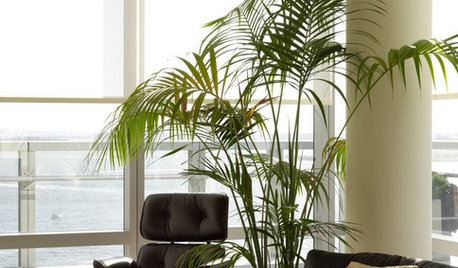
DECORATING GUIDESPalm Trees Take Interiors on a Tropical Vacation
Conjure a sultry vibe or bring welcome life to modern rooms. Whatever your interior design style, palm trees are the ticket to enhancing it
Full Story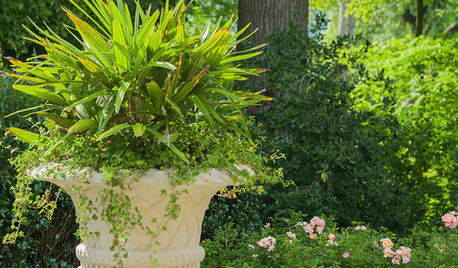
FLOWERS AND PLANTSNeedle Palm Brings Unique Texture to the Southern Woodland Garden
This sprawling, resilient palm can be used in many ways
Full Story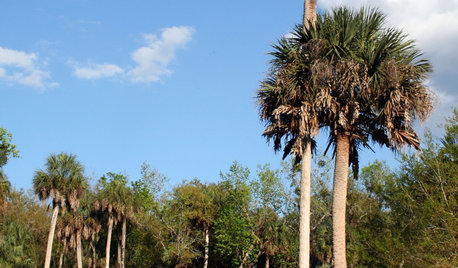
TREESGreat Design Plant: Sabal Palm Enchants in Balmy Sites
Towering and tolerant, this tree blends in, stands out and happily stars in vacation photos
Full Story
LANDSCAPE DESIGNGreat Design Plant: Retreat to the Shade of Hardy Catalpa
Big foliage and a towering height provide a shady respite in summer, but that's not all hardy catalpa offers dedicated gardeners
Full Story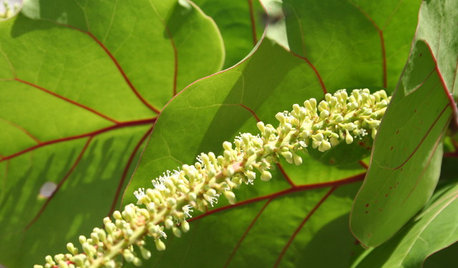
GARDENING GUIDESGreat Design Plant: Sea Grape, a Hardy Coastal Delight
Up to the high-tide line or even indoors, sea grape draws smiles for its looks and cheers for its tenacity
Full Story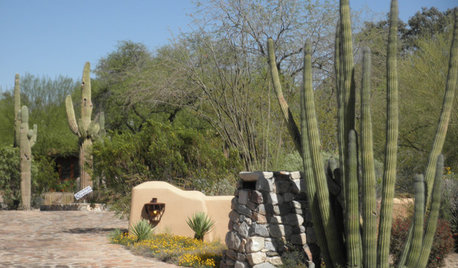
SOUTHWEST GARDENINGUnderstanding the American Southwest's Three Main Climate Zones
If you live in one of the arid or semiarid regions of the U.S. Southwest, this gardening zone guide is for you
Full Story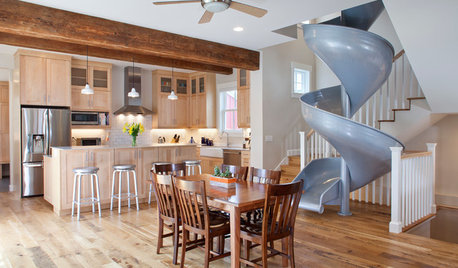
DINING ROOMSNew This Week: 6 Modern Dining Zones in Homes Big and Small
Look to splashy accent walls, right-sized tables and indoor slides to make the most of your open layout
Full Story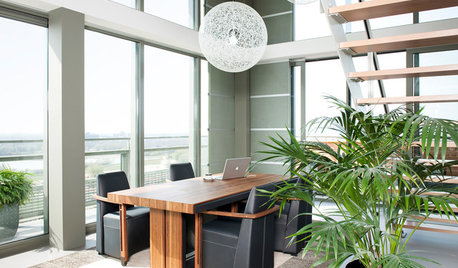
HOUSEPLANTSMeet a Palm That's Fine With Fluorescent Light
Get the look of the tropics without the full-on sun and high humidity — parlor palm tolerates regular indoor conditions with aplomb
Full Story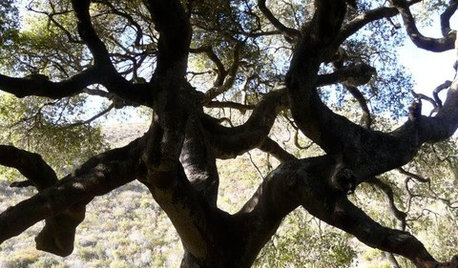
GARDENING AND LANDSCAPINGArbor Day Applause: Iconic Los Angeles Trees
Step aside, palm trees. California's native trees offer landscapes a huge variety of styles, personas and foliage
Full StorySponsored



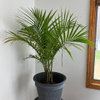
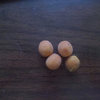
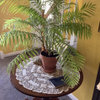
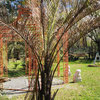
NoVaPlantGuy_Z7b_8a
jimhardy
Related Discussions
How do you grow Winter Hardy Palm trees in zone 5
Q
zone 5b/6a needle palm protection questions?
Q
Low Maintenance/Hardy Fruit Bushes for Zone 6a
Q
Hawthorn (Crataegus) Tree in Connecticut (zone 6a)?
Q
treeguy_ny USDA z6a WNYOriginal Author
treeguy_ny USDA z6a WNYOriginal Author
cali-wanna-b
treeguy_ny USDA z6a WNYOriginal Author
cali-wanna-b
treeguy_ny USDA z6a WNYOriginal Author
jimhardy
User
jimhardy
gonebananas_gw
jimhardy
cali-wanna-b
treeguy_ny USDA z6a WNYOriginal Author
denninmi
treeguy_ny USDA z6a WNYOriginal Author
islandbreeze
treeguy_ny USDA z6a WNYOriginal Author
jimhardy
treeguy_ny USDA z6a WNYOriginal Author
don_brown
treeguy_ny USDA z6a WNYOriginal Author
serj_ukraine
jimhardy
topher2006
jimhardy
rockysth1
rockysth1
serj_ukraine
jimhardy
serj_ukraine
jimhardy
serj_ukraine
tallafl
treeguy_ny USDA z6a WNYOriginal Author
tallafl
jimhardy
treeguy_ny USDA z6a WNYOriginal Author
treeguy_ny USDA z6a WNYOriginal Author
treeguy_ny USDA z6a WNYOriginal Author
jimhardy
treeguy_ny USDA z6a WNYOriginal Author
jimhardy
bluebonsai101
treeguy_ny USDA z6a WNYOriginal Author
jimhardy
serj_ukraine
jimhardy
juni_perez